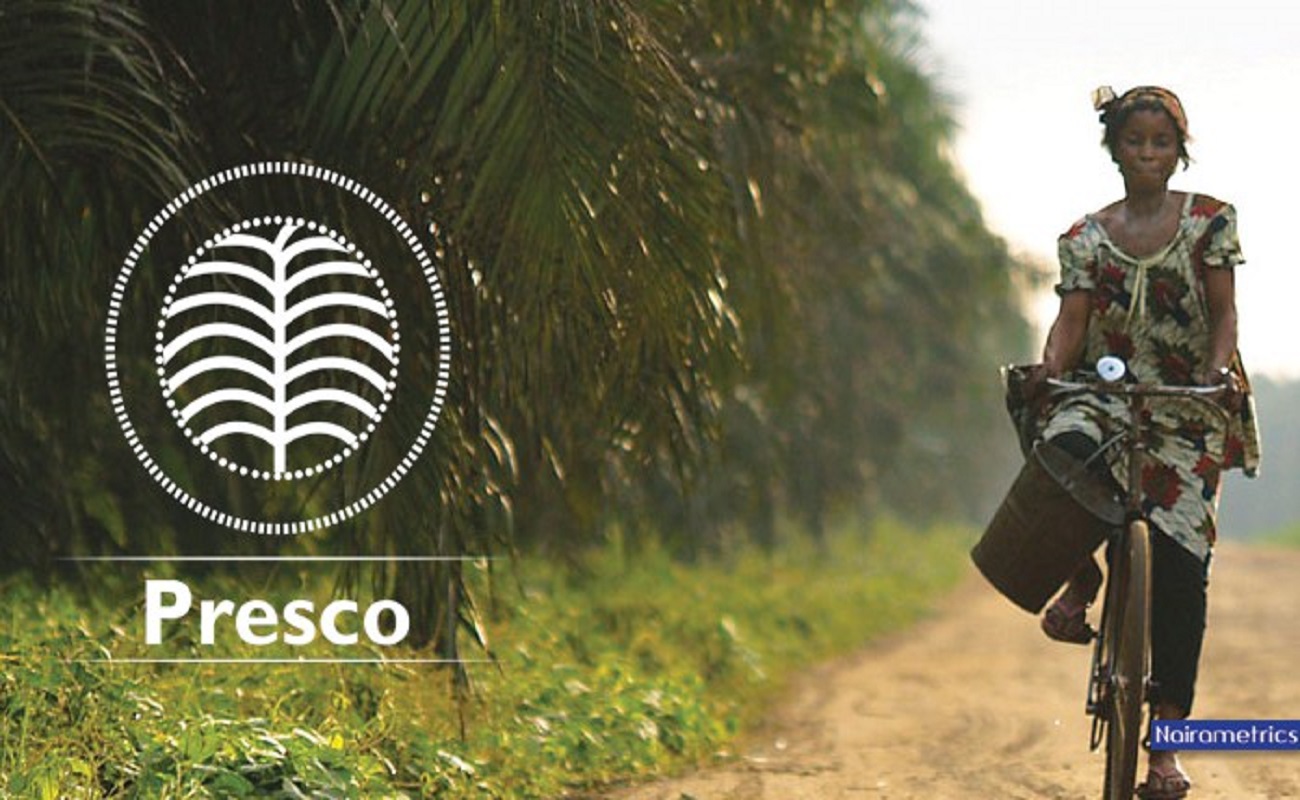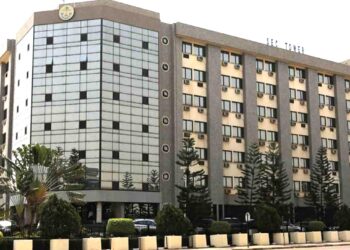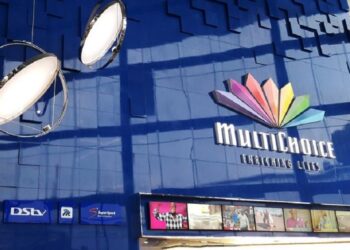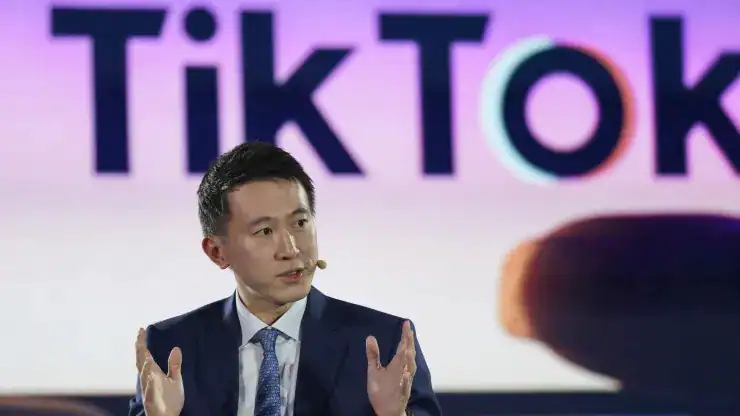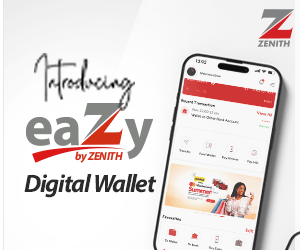Presco Plc reported a profit after tax of N21.4 billion for the year ended December 2022, representing a 13.7% rise compared to 2021 when it reported N18.8 billion in profits.
Shareholders of the company are witnessing one of the most glorious eras in the company’s over 45-year history of operations. Between 2018 and 2022, profits have surged fivefold as increased demand for locally produced oil palm boosted revenues and profitability.
However, Presco’s illustrious history is also full of cyclical ups and downs with profits peaking and falling in response to its business dynamics. In fact, its current profits of N21.4 billion are not its highest. In 2016, the company reported a profit after tax of N21.7 billion before it came crashing down in subsequent years. It appears we are at the cusps of another cycle of downturn.
As good as the company’s profits were this year, there are several reasons to be concerned. In the first half of the year, Presco reported profit after tax of N13.4 billion, and in the second half, it fell to N7.9 billion. A further look indicates the drop was due to a surge in the company’s direct operating cost. From recording an average gross profit margin of 72% in the first half of the year, the gross margin dropped to about 45%. That is not all.
Presco took in about N34.5 billion in corporate bonds last year, doubling its total debt obligations to N66 billion. The impact is immediately felt on its net finance cost, which rose 11 times to N7.8 billion. Finance cost now takes up 22% of the company’s operating profits, up from 2.5% a year earlier.
Presco’s bond issuance was an expedient decision as it was the only plausible strategy at the time for repaying its bank debts. However, it needs to address the rising operating cost, keeping it at under 50% of revenues and not the 60% it recorded in the second half of the year.
Nevertheless, Presco’s return on average equity printed at 48% in 2022, is likely to placate any immediate concerns the current headwinds may portend for the company. While its total external debt is 1.5 times its equity, it is making enough profits to cover its debt service obligations. However, the risk with this sort of model is that the company must continue to generate significant profitability growth while keeping margins in check. It must also generate sufficient cashflows to keep both bondholders and shareholders happy.
Last year, Presco paid out about N8.6 billion in dividends (inclusive of N2 billion in interim dividends), another N28.1 billion in loan repayments to banks and N7.8 billion in interest payments. Most of this was funded from the N34.5 billion bond.
All it needs to do now is to generate not just profits of N20 billion and above but free cash flows of at least N15 billion for both bondholders and shareholders annually. This way, it will not need to seek expensive equity, which only results in shareholder dilution. This is why the events of the second half of 2022 need to be a blip and not a recurrence.

